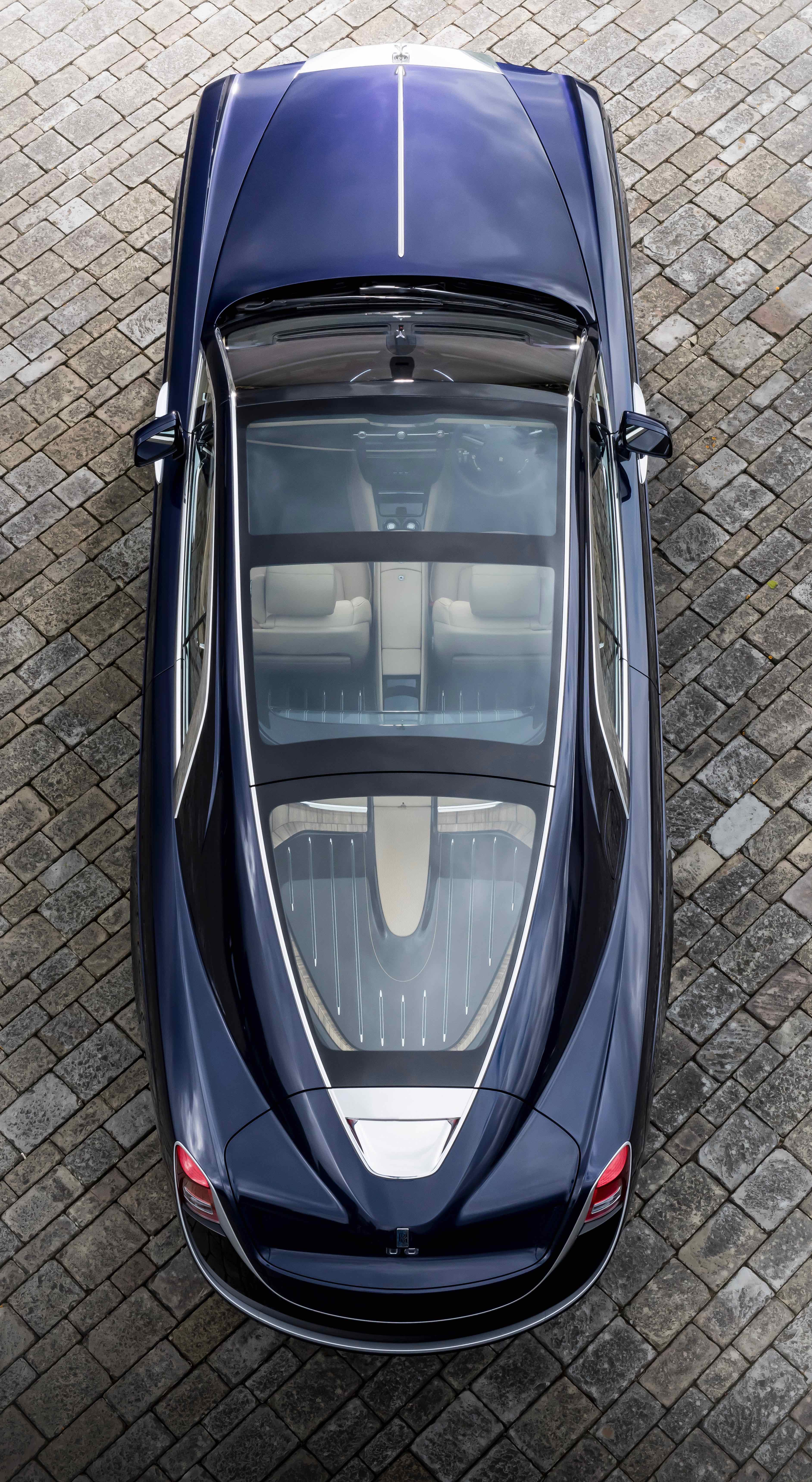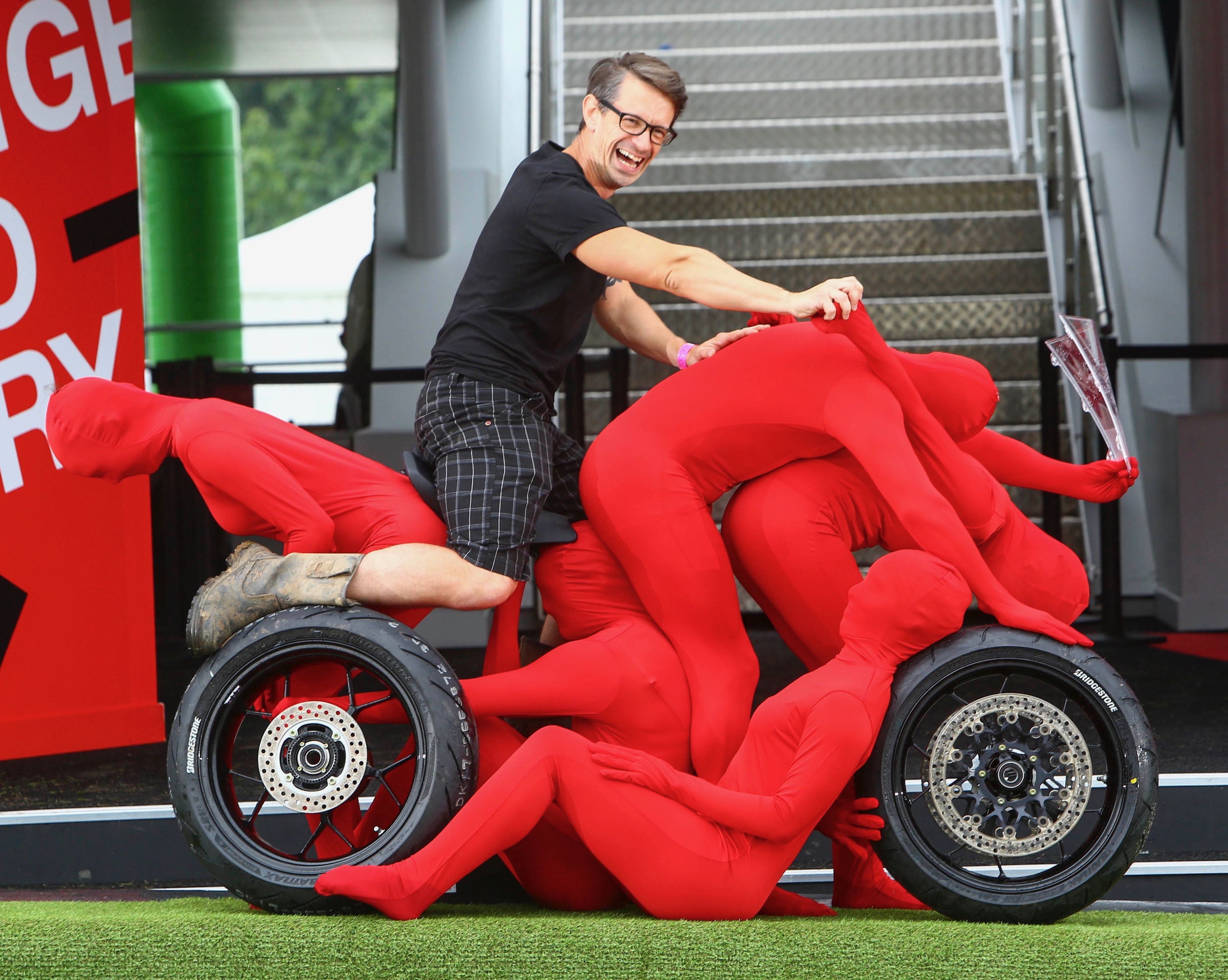File this under future classics, or perhaps as a way to get your young granddaughter interested in cars:
We reported in this space a few weeks ago that the Disney Junior and Disney Channels have replaced the Mickey Mouse Clubhouse with Mickey and the Roadster Racers. Now, Disney-ABC and Honda have worked together to unveil the “Minnie Van,” a one-off version of the all-new 2018 Honda Odyssey with pink-polka dot trim and roof-mounted Minnie ears.
Speaking of adult-size kids’ toys…

In 1914, Antonio Pasin was a 16-year-old immigrant from Italy who arrived in Chicago and worked as a day laborer until he was able to rent a workshop. In his Venetian Furniture Company, he made cabinets for record players. He also made wooden coaster wagons, painted red, and called Liberty Coasters. Soon he added the Radio Line of wagons, and then the iconic Radio Flyer, which celebrate its centennial in 2017.
For the 1933 Chicago World’s Fair, the company produced the 45-foot tall “Coaster Boy” model and for its 80th birthday, it built the “world’s largest wagon.” For its recent centennial celebration, the company now led by Pasin’s grandsons brought back the wagon that is 27 feet long and 13 feet wide, weighs 15,000 pounds and rides on wheels 8 feet in diameter, and parked it in Pioneer Court on Chicago’s famed Michigan Avenue.
As part of its centennial, the company is donating 2,000 wagons to Starlight Children’s Foundation for hospitals across the country to help transport children to and from tests and surgery.

And toys for big (and very rich) boys and girls…
If a 15,000-pound Radio Flyer won’t fit in your garage, you might consider going to Rolls-Royce to build you a car as unique as the 103EX “Sweptail” unveiled during the recent Concorso d’Eleganza Villa de’Este in Italy.
Said to have cost the customer around $13 million, the one-off car heralds the 1920s and ’30s when coachbuilders created such bespoke vehicles for wealthy clients. In this case, the customer wanted a two-seat luxury car designed for “the romance of travel for its own sake,” according to the automaker.
“We are listening carefully to our most special customers and assessing their interest in investing in similar, completely exclusive coachbuilt masterpieces,” said Torsten Muller-Otvos, chief executive of Rolls-Royce Motor Cars. “At the same time we are looking into the resources which will allow us to offer this unique service to these discerning patrons of luxury.”
“The grandeur, scale, flamboyance and drama of the 1925 Phantom I Round Door built by Jonckheere; the svelte tapering glasshouse, dramatic dash to axle proportion and up-sweep of the rear departure angle of the 1934 Phantom II Streamline Saloon by Park Ward; the elegantly falling waist-rail, swept tail coachwork of the 1934 Gurney Nutting Phantom II Two Door Light Saloon, and the flowing roofline, rising departure angle, and again the swept tail coachwork of the 1934 Park Ward 20/25 Limousine Coupé were all considered by today’s Rolls-Royce designers in the creation of this very distinctive motor car,” Rolls said in its news release about the car, which was commissioned in 2013 and unveiled four years later.
When did Timex grow up and get style?

I’m not quite sure what I think about the styling of the Blackjack Watch designed by Todd Snyder for Timex, but I do like its inspiration, and the fact that you can get a designer watch for $138.
First, who is Todd Snyder? Turns out he studied textile and clothing design at Iowa State University, worked at Polo Ralph Lauren, the Gap and J.Crew and now has his own design label, and stores in New York City and Japan, selling his “effortless everyday luxuries for the modern gentleman.”
The new Timex was inspired by Formula One racing cars of the 1960s and ‘70s, according to Snyder’s website, with dials that evoke not only the dials and tires of fast cars and also roulette wheels of Monaco casinos.
“I’ve always been fascinated by Formula One and the history of the Grand Prix, especially the gritty elegance of retro race days and the swagger of the great drivers,” Snyder is quoted on his website. “When I found the vintage style that inspired this watch, with its bold, graphic design, I began thinking about motors and engines and dials – and the similarities between finely engineered timepieces and high-performance racing machines.”
Forget self-driving, Honda builds a car from humans

There are many things to see at the Goodwood Festival of Speed. Hopefully you didn’t overlook “The Human Car.” Or motorcycle, for that matter.
Honda UK worked with something called the Ministry of Fun to close the gap between man and machine with 12 performance artists twisting themselves into car- and motorcycle-like shapes.
“This perfectly brings to life our engineering principle of ‘man maximum, machine minimum’ that we work to with all of our cars,” claimed Dave Hodgetts’ managing director of Honda UK.





